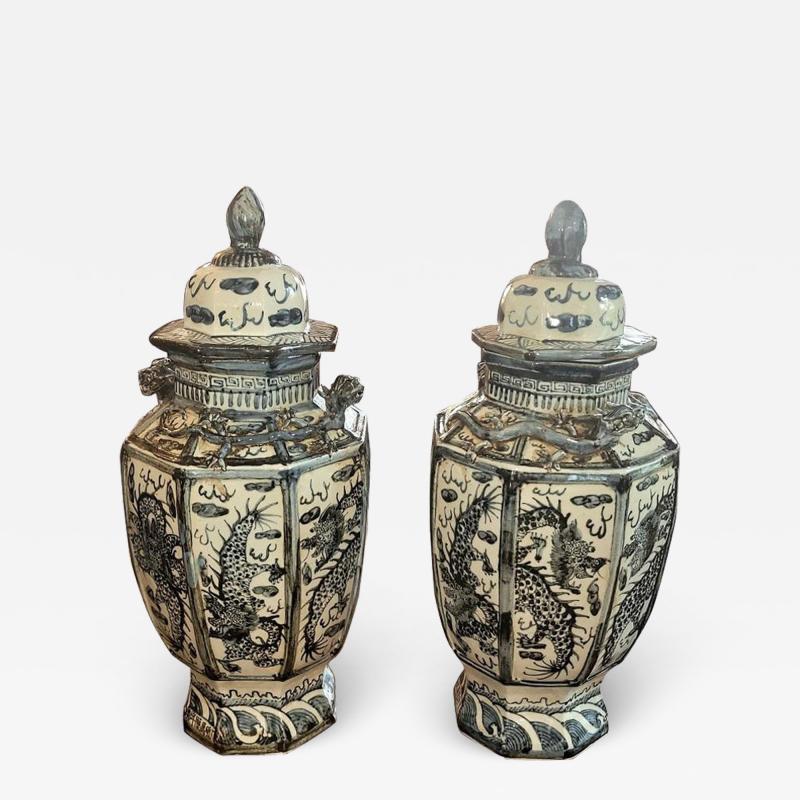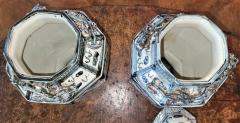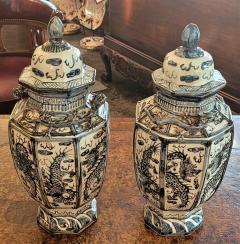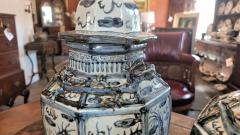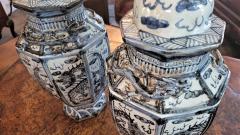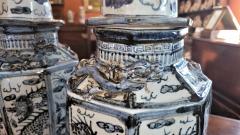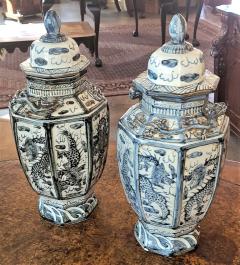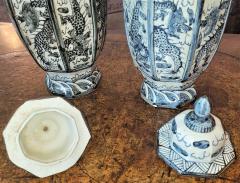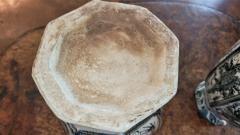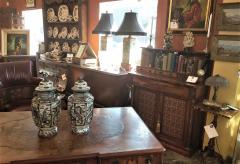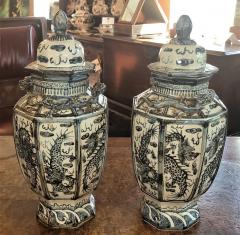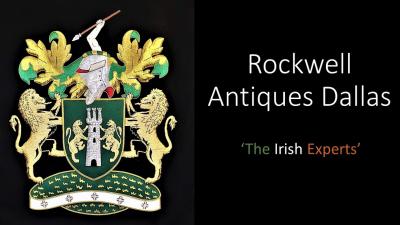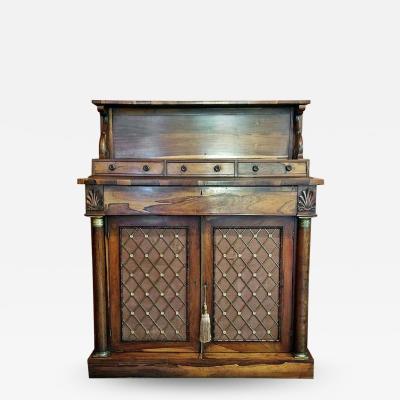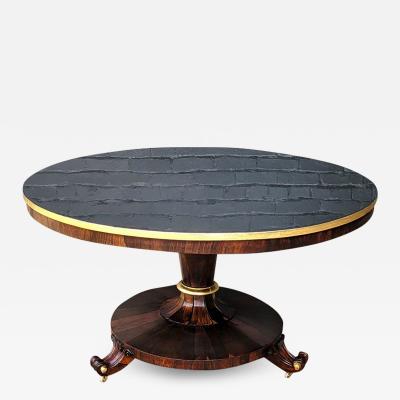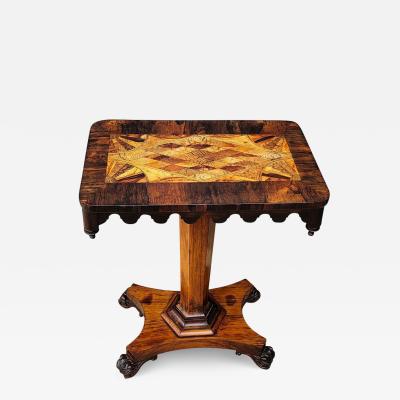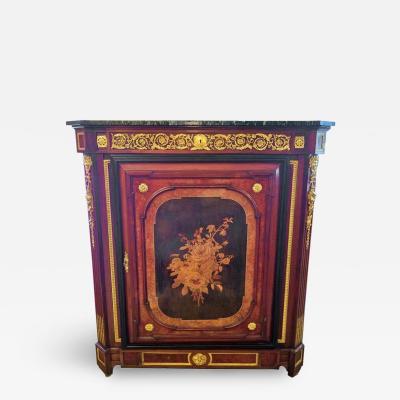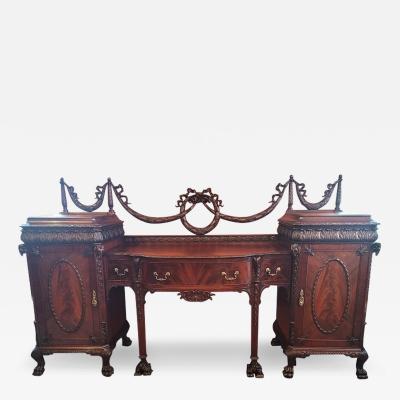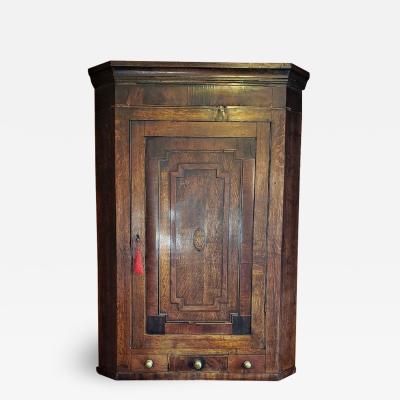Pair of Chinese B&W Hand Painted Dragon Urns
-
Description
Presenting a gorgeous pair of Chinese B&W hand painted dragon urns.
Very rare and very unusual pair !
Both urns are lidded and are completely hand painted with dragons in dark blue and white with a tin glaze. Large acorn type finials. Each urn is hexagonal in shape with individual panels on each side. The neck of each urn has an attached pair of dragons curving around the neck of each vase.
They are not marked, but based upon the natural aging of the bases etc we would estimate these to be early 20th Century circa 1920.
There is something really special about these urns … we have never seen a pair quite like them and we would venture to say they may be unique !
Chinese export porcelain includes a wide range of Chinese porcelain that was made (almost) exclusively for export to Europe and later to North America between the 16th and the 20th century. Whether wares made for non-Western markets are covered by the term depends on context. Chinese ceramics made mainly for export go back to the Tang dynasty if not earlier, though initially they may not be regarded as porcelain.
It is typically not used as a descriptive term for the much earlier wares that were produced to reflect Islamic taste and exported to the Middle East and Central Asia, though these were also very important, apparently driving the development of Chinese blue and white porcelain in the Yuan and Ming dynasties (see Chinese influences on Islamic pottery). Longquan celadon, which is mostly not porcelain on Western definitions, is one of the wares to produce large dishes that reflected Islamic dining habits, rather than the deeper bowls used by the Chinese. In general wares made for export, especially in the early periods, were “mainly strong and rather roughly-finished articles”,[1] compared to those for the elite domestic market, to allow for the stresses of transport, and less sophisticated customers.
Other types of Chinese wares made mainly for export to other markets may or may not be covered; they are certainly described as export wares in discussing the Chinese industry, but much discussion in Western sources only refers to wares intended for Europe. The other types include Swatow ware (c. 1575-1625), made for South-East Asian and Japanese markets, and Tianqi porcelain, made mainly for the Japanese market in the 17th century. Chinese celadons were exported to most of Eurasia, but not Europe, between roughly the Tang and the early Ming dynasties.
It took some time for feedback from export markets to influence the shapes and decoration of the Chinese product, especially in earlier periods, and with distant markets such as Europe. Initially markets were sent what the Chinese market, or older exports markets, liked. With the increasing reach of European trading companies, especially the Dutch VOC, this became possible, and eventually even specific armorial designs could be ordered from Europe. -
More Information
Origin: China Period: 1900-1919 Materials: ceramic Condition: Good. Good original condition with no cracks, chips or losses. Creation Date: 1920 Number of Pieces: 2-3 Styles / Movements: Chinese Export, Asian, Traditional Patterns: Animal/Insects, Asian/Oriental Incollect Reference #: 501749 -
Dimensions
H. 17 in; Diam. 7 in; H. 43.18 cm; Diam. 17.78 cm;
Message from Seller:
Rockwell Antiques, located at 1500 Market Center Blvd., Dallas, TX 75207, specializes in high-end antiques, fine art, and collectibles from around the world. Contact us at 972.685.0808 or rockwellantiquesdallas@gmail.com to explore our personally curated treasures with rich provenance and history.
Sold















